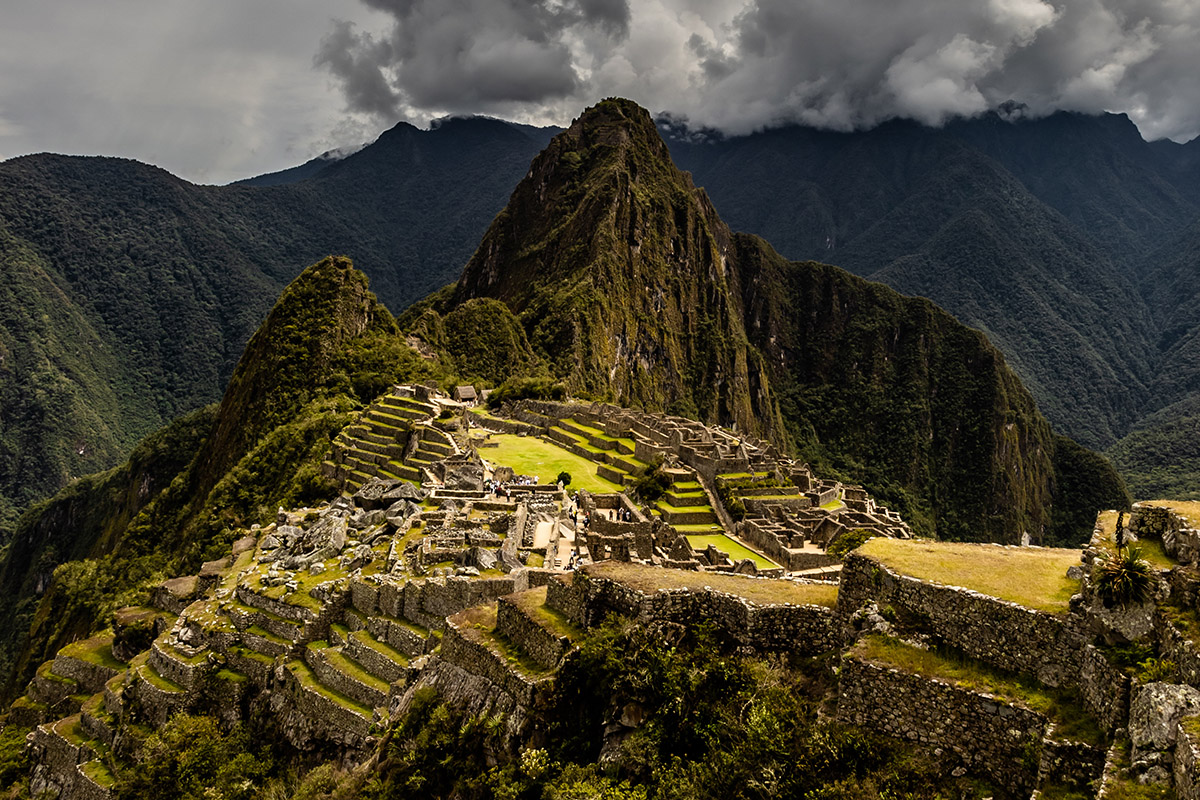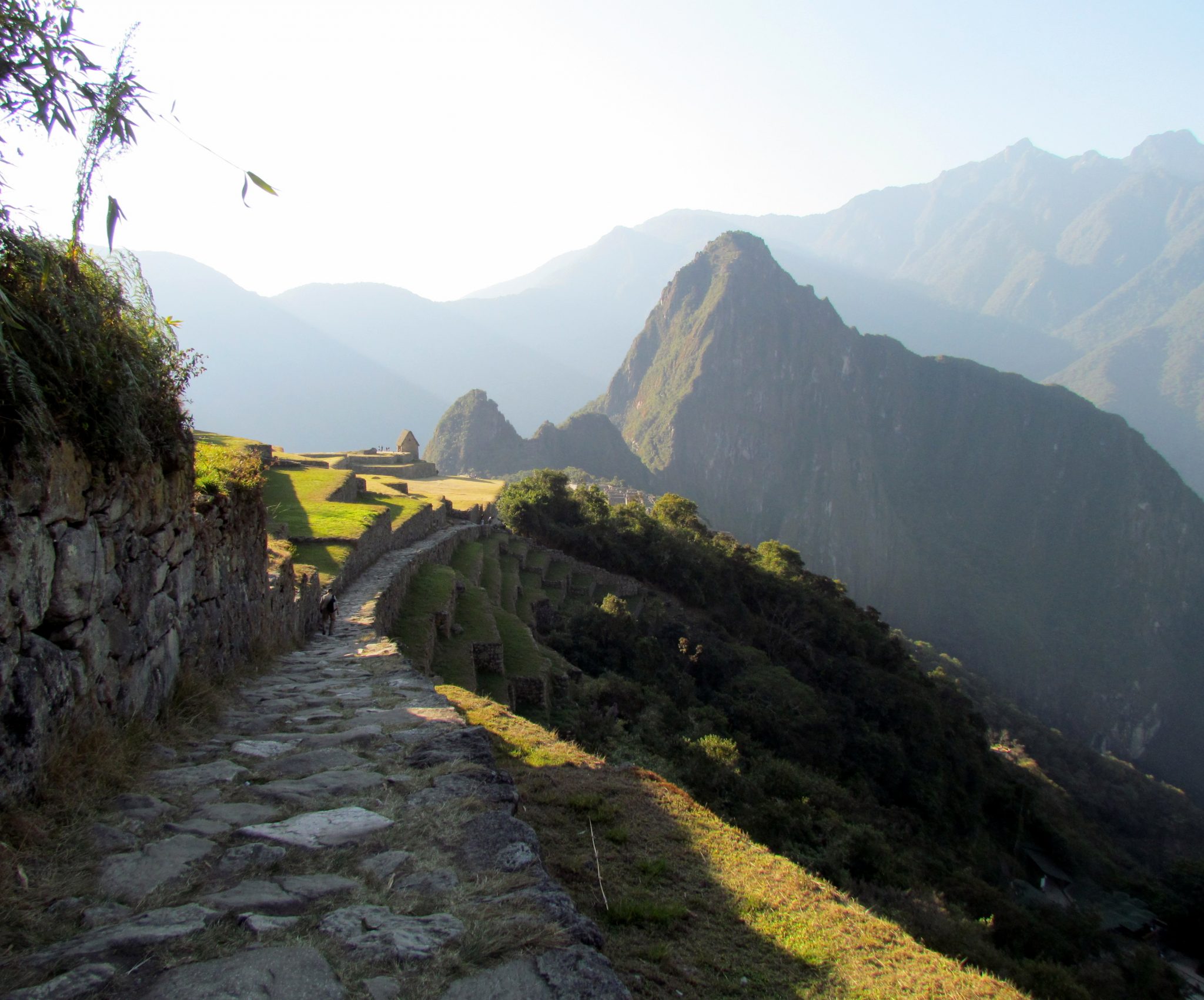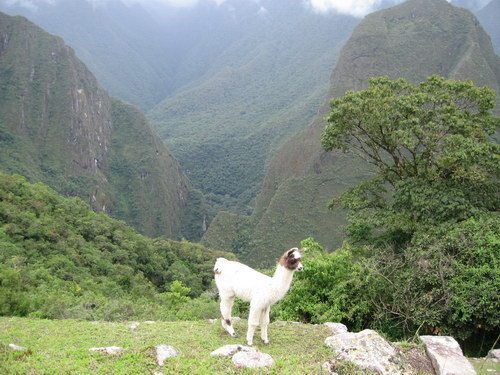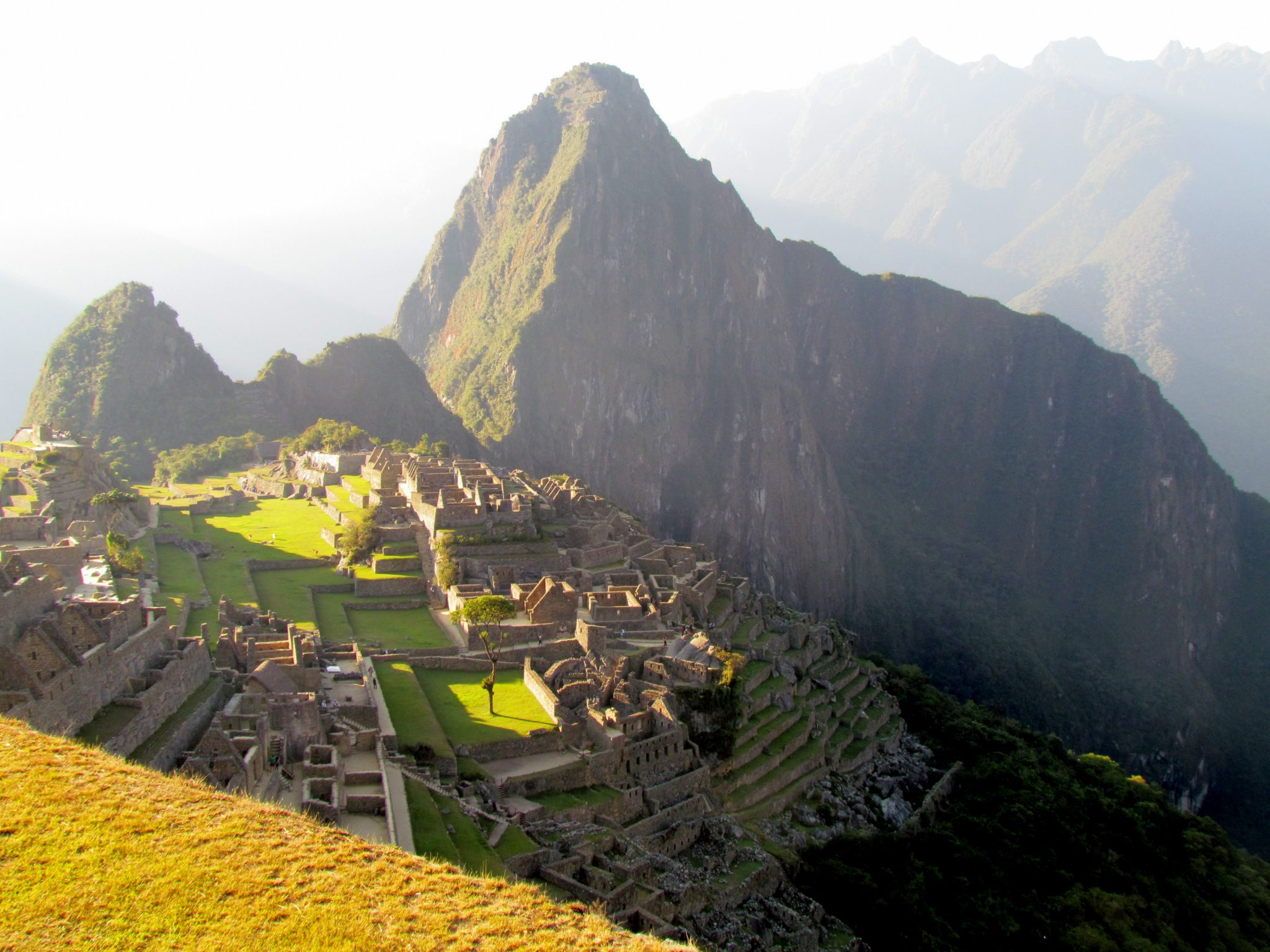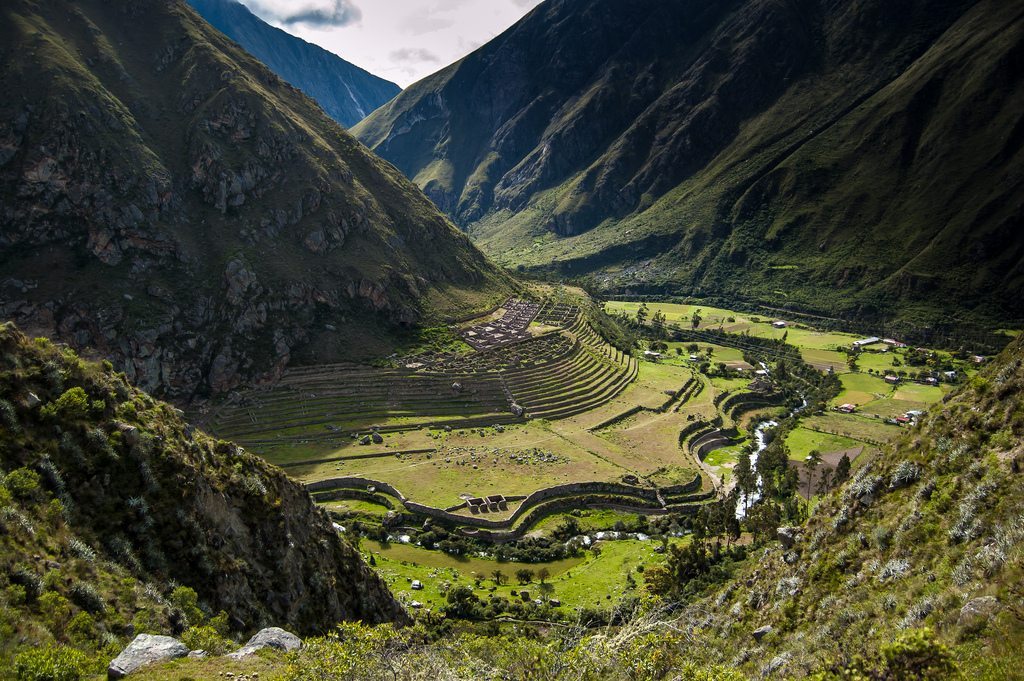Inca Trail & Machu Picchu
Inca Trail & Machu Picchu
Location: Peru
Altitude: 4,000m
Grade: Moderate
Fitness level: Good
Route: Lima – Cusco – Machu Picchu – Lima
Travel period: All year round (May to September preferred)
Duration: 9/10 days
Pat Falvey Irish and Worldwide Adventures limited is bonded and fully licenced by the Irish Commission for Aviation Regulation, TA0791.
Sandwiched between the driest desert and the largest rainforest in the world, the Andes Mountains in Peru contain some of the world’s most spectacular scenery. Within these mountains, ancient civilisations - of which the Incas are the most famous - built cities, temples and roadways (of which there are known to be more then 25,000km) using precision construction techniques that continue to baffle scientists today.
The ancient culture of Peru can be best seen in Machu Picchu, known as the ‘Lost City of the Incas’, which is situated on a 2,450m high mountain, 80km from Cusco city. Trekking the Inca Trail is a really exciting way of getting to Machu Picchu involving up to five days of hiking in the high Andean Mountains and the beginning of the Amazonian Jungle. You will cross ancient Incan towns and walk over the original cobbled path. Our trip beings in the city of Cusco, the capital of the Incas and the oldest continuously inhabited metropolis in South America. It is believed that the city was founded by 1,000 BC and it contains many fascinating remains of ancient civilisations. It is considered the archaeological capital of South America and is listed by UNESCO World Heritage List as a city of Outstanding Universal Value. Located by the beginning of the Amazonian Jungle, the city was effectively protected from attack by its difficult topography. It is supposed to have been home to the Inca king, his family and close friends and was rediscovered in 1911 by the American explorer Hiram Bingham who took all its artefacts to Yale University. The temples, however, remain, including that of the Sun, the Three Windows Temple, the Main Temple, the Temple of Condors and an imposing Intiwatana (sun fastener).
At an altitude of 3,300m, Cusco gives a good opportunity for general acclimatisation before heading out on the trail where we will be ascending to two high passes, taking us gradually up to 4,000m approximately. We have two route options available - the Traditional Route, which has to be booked well in advance due to the fact that it follows the more restricted original Inca Trail, and the Alternative Route which is more readily available and offers a very good alternative with more scenery and vantage points. Both treks enable you to explore the impressive relics of the ancient Incan civilisations while enjoying some magnificent walking through the diverse scenery in the mountains and valleys of the eastern Cordillera, from desert-like land where there is little natural growth to a semi-tropical environment in the rainforest at the end of which is the incomparable Machu Picchu.
The pace is key to preventing AMS. Your group will be monitored by guides at all times for symptoms of the effects of altitude. Our professional guides in Peru have over 20 years’ experience leading treks in the Cusco area and the surrounding region. They are fluent in English and provide many insights into the local history and cultures while sharing their in-depth knowledge of the area and its people. If you are looking for an exceptional trekking experience in an ancient land, our Inca Trail & Machu Picchu trek won’t disappoint!
We can also arrange other options for longer or shorter trips including tour or activity add-ons to the itineraries in Cusco, Puno, Arequipa, Peru, the Andes and Amazon rainforest. Additionally, there are some other famous hiking areas such as the Salkantay and Ausangate Mountains and the Cordillera of Urubamba in the region, all of which are worth visiting.

